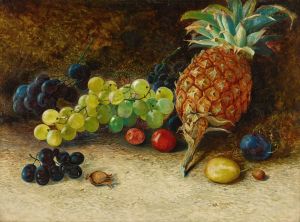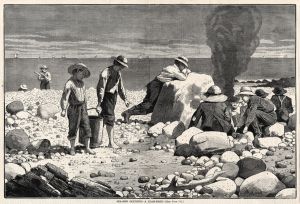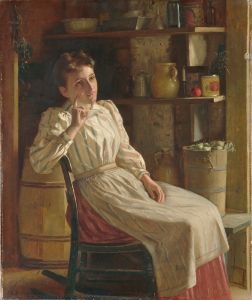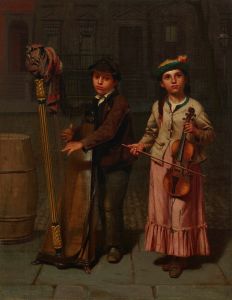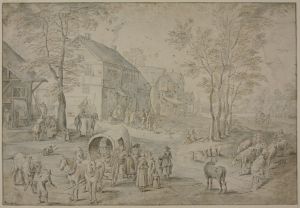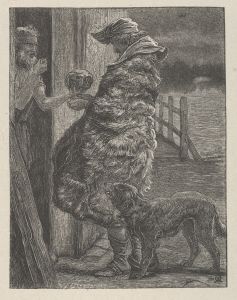
Fingers Before Forks
A hand-painted replica of John George Brown’s masterpiece Fingers Before Forks, meticulously crafted by professional artists to capture the true essence of the original. Each piece is created with museum-quality canvas and rare mineral pigments, carefully painted by experienced artists with delicate brushstrokes and rich, layered colors to perfectly recreate the texture of the original artwork. Unlike machine-printed reproductions, this hand-painted version brings the painting to life, infused with the artist’s emotions and skill in every stroke. Whether for personal collection or home decoration, it instantly elevates the artistic atmosphere of any space.
John George Brown (1831-1913) was a British-born American painter renowned for his depictions of street urchins and working-class children in the late 19th and early 20th centuries. One of his notable works is "Fingers Before Forks," which exemplifies his characteristic style and subject matter.
"Fingers Before Forks" is an oil painting that captures a moment of everyday life with a focus on a young boy, likely a street child, eating with his hands. This painting is a prime example of Brown's ability to infuse his subjects with a sense of individuality and humanity, despite their often impoverished circumstances. The boy in the painting is depicted with a sense of innocence and resilience, characteristics that Brown frequently highlighted in his work.
Brown's paintings often reflected the social realities of his time, particularly the lives of children who lived and worked on the streets of New York City. His works are known for their detailed and realistic portrayal of these children, often showing them engaged in various activities such as selling newspapers, shining shoes, or, as in "Fingers Before Forks," eating a simple meal. Brown's attention to detail and his ability to capture the expressions and emotions of his subjects made his work particularly compelling.
"Fingers Before Forks" is notable for its composition and use of color. Brown's skillful use of light and shadow adds depth to the painting, drawing the viewer's attention to the boy's face and hands. The background is typically less detailed, ensuring that the focus remains on the central figure. This technique is consistent with Brown's other works, where the background often serves to highlight the main subject rather than distract from it.
John George Brown's work, including "Fingers Before Forks," played a significant role in documenting and bringing attention to the lives of the urban poor during a time of significant social and economic change in America. His paintings were not only artistic achievements but also social commentaries that resonated with a wide audience. Brown's ability to evoke empathy and understanding through his art contributed to his popularity and success as a painter.
Today, Brown's paintings are held in various collections and museums, appreciated for their historical significance and artistic merit. "Fingers Before Forks" remains a poignant reminder of the artist's dedication to portraying the dignity and humanity of his subjects, regardless of their social standing. Brown's legacy continues to be celebrated for his contributions to American art and his compassionate portrayal of the everyday lives of children in the late 19th century.






